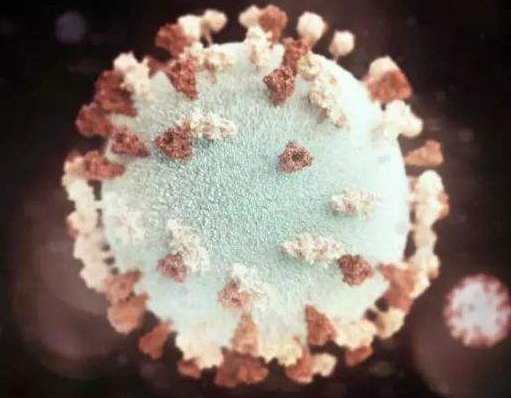
Forty-eight states and the District of Columbia reported mumps infections in 3252 people, from January 1 to December 6, 2019, according to the CDC.

Prior to the United States’ mumps vaccination program, initiated in 1967, clinicians reported about 186,000 cases each year, which may be an underestimation due to underreporting. Since the t2-MMR dose vaccination program was introduced in 1989, US mumps cases decreased more than 99%, with only a few hundred cases reported most years. Since 2006, the CDC has tracked increases in cases, and outbreaks about every 5 years.
One notable outbreak occurred in a close-knit community in northwest Arkansas that resulted in nearly 3000 cases between August 2016 and July 2017.1 Since this outbreak, efforts have been made to find the driving force behind outbreaks in highly vaccinated populations.
A team of researchers from the University of Arkansas for Medical Sciences. and Arkansas Department of Health may have found a clue. They reported their theory in a recent issue of Infection, Genetics and Evolution.
According to the research group, investigators proposed 2 plausible theories to explain mumps outbreaks in highly vaccinated populations: waning vaccine-induced immunity, and immune escape.
Waning vaccine-induced immunity suggests that the immunity from the vaccine is fading, creating a suboptimal immune response, which leads to spread of the virus. Waning vaccine immunity increases over time since vaccination, making adults more likely to become infected than children.
The immune escape theory suggests that the mumps virus has genetically drifted and the immune system no longer recognizes viral epitopes (the part of an antigen the immune system recognizes). This theory implies that the current vaccine is compromised and a new vaccine must be designed targeting different epitopes.
This study’s authors hypothesized that immune escape was the culprit in the Arkansas outbreak because most cases were of school-aged children; of the 2954 mumps cases, 1676 were school-aged children, and 92% of those 1676 children had completed the mumps vaccination schedule.
The research group sequenced the exact strains and presented a genome-based phylogenetic tree. These analyses showed that the Arkansas mumps strains are evolutionarily distinct from the older vaccine strains; however, they observed no correlation between vaccination history and phylogenic grouping.
The study analyzed potential epitopes, which showed that the Arkansas mumps strains may display antigens with reduced immunogenicity. In other words, the virus’ antigens might have changed; the immune system no longer recognizes them from previous exposure to the available vaccine. However, results remain inconclusive as more robust experiments are warranted. The study concluded that the driving force of the 2016 Arkansas outbreak remains undetermined.
Outside of this study, an example of evidence supporting waning immunity is a recommendation by The American Committee on Immunization Protection (ACIP).2 In 2018, The ACIP published a recommendation of a third booster mumps virus vaccine in individuals at increased risk for mumps during active outbreaks.3 A third booster dose has limited the spread of infection, but no evidence of effectiveness of long-term boosting in the general population exists.
Other studies show antigenic diversion of the mumps virus, supporting the immune escape theory.
More robust research needs to be done on past mumps virus outbreaks to determine the precise cause of outbreaks in heavily vaccinated populations.
Krystal Scinto is a 2020 PharmD candidate at the University of Connecticut in Storrs.